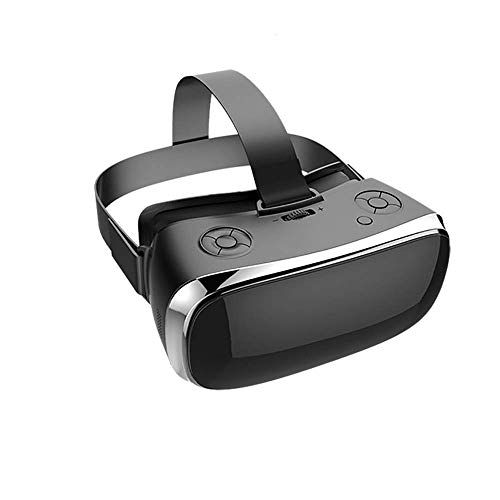Introduction:
In recent years, virtual reality (VR) has emerged as one of the most exciting frontiers in gaming and entertainment, offering immersive experiences that blur the lines between the digital and physical worlds. At the heart of this revolution lies the VR headset—a gateway to breathtaking adventures, thrilling escapades, and boundless creativity. In this blog, we’ll embark on a journey into the world of VR headsets, exploring their evolution, capabilities, and the transformative impact they’re having on industries far beyond gaming.
The Evolution of VR Headsets:
From humble beginnings to cutting-edge innovations, the evolution of VR headsets is a testament to human ingenuity and technological progress. Early prototypes were clunky and cumbersome, with limited capabilities and prohibitive costs. However, as advancements in display technology, motion tracking, and computing power accelerated, VR headsets underwent a rapid transformation, becoming sleeker, more affordable, and infinitely more immersive.
Today, a diverse array of VR headsets cater to different audiences and use cases, from high-end devices designed for hardcore gamers to standalone headsets offering accessible entry points for casual users. With each new iteration, VR headsets push the boundaries of what’s possible, transporting users to virtual worlds that rival the vividness and realism of the physical realm.
Understanding VR Headsets:
At its core, a VR headset is a wearable device that immerses users in virtual environments by presenting stereoscopic images to each eye, creating a sense of depth and presence. By tracking head movements and translating them into corresponding changes in the virtual world, VR headsets enable users to look around, interact with objects, and navigate virtual spaces with unprecedented freedom and fluidity.
Key components of VR headsets include high-resolution displays, precise motion sensors, and advanced optics, all working in concert to deliver an immersive and seamless experience. Some headsets also incorporate additional features such as integrated audio, haptic feedback, and room-scale tracking, further enhancing immersion and presence.
Choosing the Right VR Headset:
Selecting the perfect VR headset depends on a variety of factors, including your budget, technical requirements, and intended use cases. Here are some key considerations to keep in mind:
- Platform Compatibility: Determine whether the VR headset is compatible with your chosen platform (PC, console, standalone). While some headsets require a powerful gaming PC to operate, others are standalone devices with built-in hardware.
- Tracking Technology: Consider the type of tracking technology used by the headset, such as inside-out tracking, outside-in tracking, or mixed reality. Each approach has its own strengths and limitations, so choose one that aligns with your preferences and setup.
- Display Quality: Pay attention to factors such as resolution, refresh rate, and field of view when evaluating the display quality of a VR headset. Higher resolution and refresh rates result in sharper, smoother visuals, while a wider field of view enhances immersion and presence.
- Comfort and Ergonomics: Look for a VR headset that offers comfortable padding, adjustable straps, and lightweight design to minimize fatigue during extended use. Ergonomic considerations such as weight distribution and ventilation can also contribute to overall comfort.
The Impact of VR Headsets:
Beyond gaming, VR headsets are making waves in fields as diverse as education, healthcare, architecture, and entertainment. From virtual classrooms and medical simulations to virtual tourism and architectural visualization, VR technology is revolutionizing how we learn, work, and play.
In healthcare, VR headsets are being used to train medical professionals, simulate surgical procedures, and treat phobias and mental health conditions. In education, VR headsets are providing immersive learning experiences that engage students and foster creativity and collaboration. In architecture and design, VR headsets are enabling architects and designers to visualize and iterate on their creations in a virtual environment, speeding up the design process and reducing costs.

